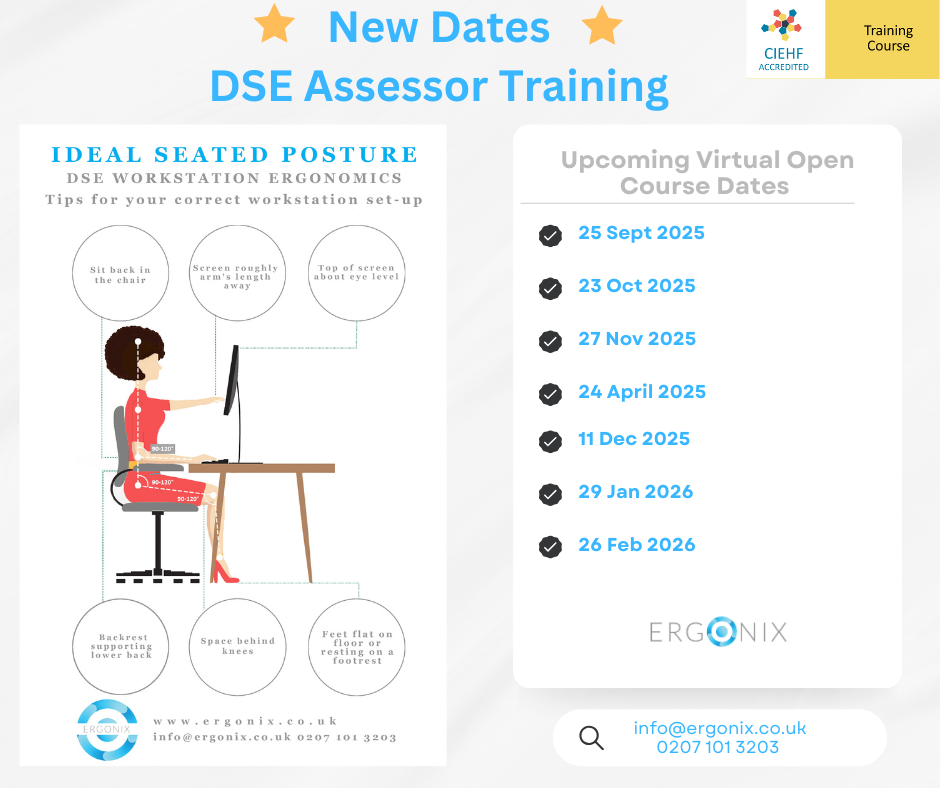 Changes to the way we now work due to the impact of COVID-19 have, for many of us, seen an increase in the time we spend looking at a digital screen – be it a laptop, smartphone, tablet, or television.
Changes to the way we now work due to the impact of COVID-19 have, for many of us, seen an increase in the time we spend looking at a digital screen – be it a laptop, smartphone, tablet, or television.
Whilst staring at a screen for a prolonged period won’t cause permanent damage, it can lead to digital eye strain which, if left untreated, can worsen over time. Symptoms include dry, tired or sore eyes, blurred vision, headaches, and musculoskeletal problems such as neck, shoulder, and back pain.
If much of your job involves being in front of your computer for long periods, it is vital both that you get the support you need from your employer, and recognise what you can do to help yourself on a daily basis to avoid suffering from digital eye strain.
So what can employers do to help ensure their workforce doesn’t suffer from digital eye strain?
Looking after your employees’ sight can be one of the most cost-effective and beneficial ways you can support health and well-being in the workplace – both for office and home-based staff.
According to the Health and Safety Executive (HSE), employers have the same health and safety responsibilities for those that are home-based as for any other employees. If employees are working from home, the risks to their health from Display Screen Equipment (DSE) must still be managed.
Employers must legally arrange for an eye test for DSE users if they ask for one, as well as provide glasses for employees who need them for DSE use.
How can you help yourself to prevent suffering from digital eye strain? Here are our top tips for simple changes:
Checking the screen is positioned correctly and properly adjusted to avoid being too close or too far away.
Apply the 20-20-20 rule, every 20 minutes look away from the screen for 20 seconds, at something that’s 20 feet away. That way, you’re giving your eyes the regular breaks they need.
Take short, regular breaks away from your workstation to properly rest your eyes, as well as give your body a stretch to stop your muscles from stiffening.
Wear appropriate glasses if needed. This will help to avoid unnecessary strain on the eyes. If you are unsure whether you need to wear glasses, you are entitled to ask your employer for an eye test.
Manage dry eyes. If you are suffering from dry or itchy eyes as a result of too much screen time, or if you want to reduce the risk of this happening, you can treat your eyes with drops to help soothe and relieve discomfort.
Another way to ensure the risk of digital eye strain is to have a thorough DSE workstation assessment. The HSE law states that employers should carry out these assessments to provide employees with tailored advice and strategies to reduce any health risks that may be present. This includes the risk of eye strain as a result of incorrect screen position and/or screen glare.
Here at Ergonix, we are dedicated to supporting businesses by ensuring their employees are working in an environment that minimises the risk of workstation-related ill-health and promotes positive health and well-being.
As well as carrying out DSE assessments ourselves, we are also able to deliver DSE workstation assessor courses. The purpose of the course, which is accredited by the Chartered Institute of Ergonomics and Human Factors (CIEHF), is to give delegates knowledge and experience to enable them to become confident and competent DSE assessors themselves.
If you would like to find out more about our DSE training courses or if you would like a DSE workstation assessment carried out, please visit our Contact Us page to get in touch.







